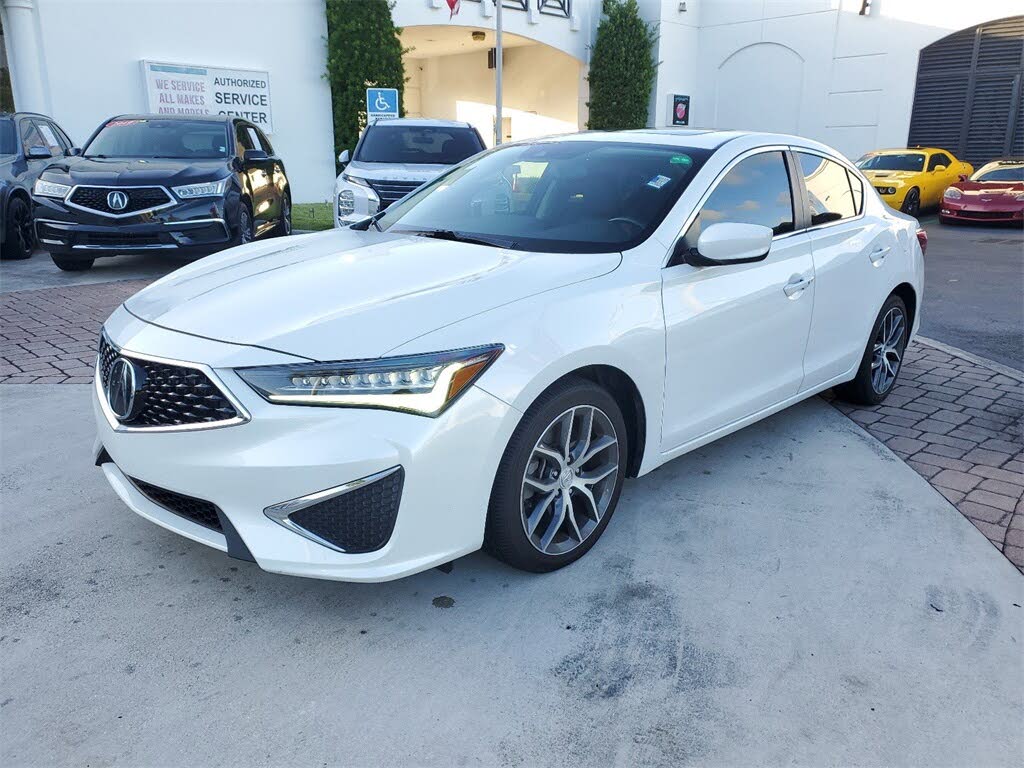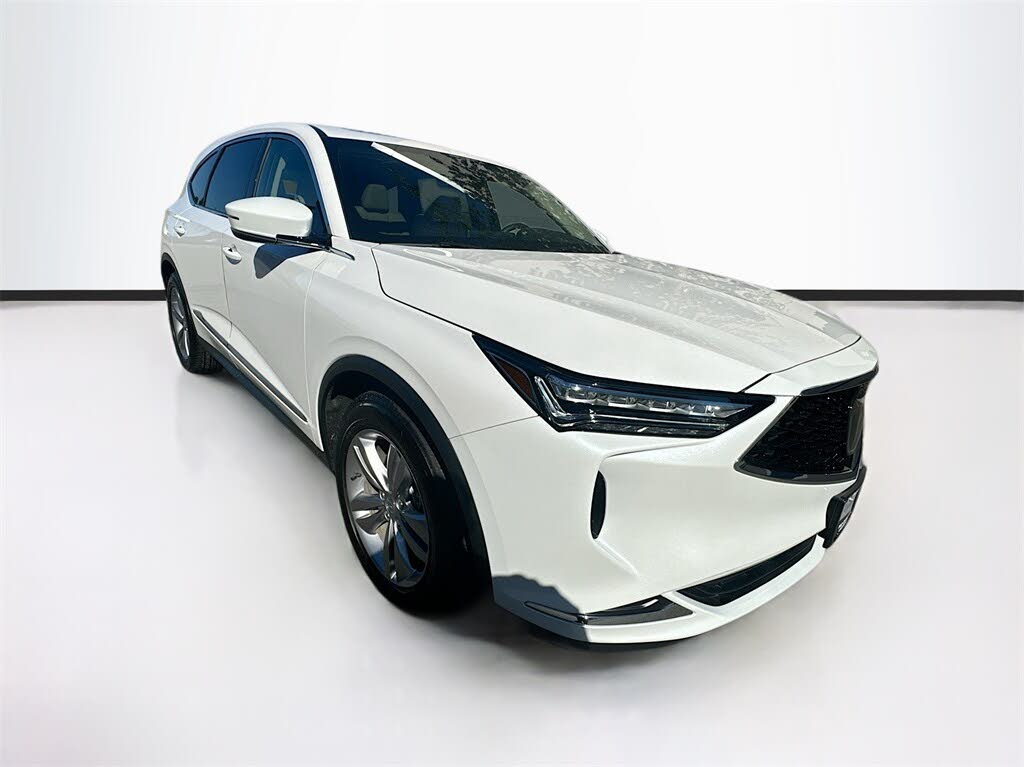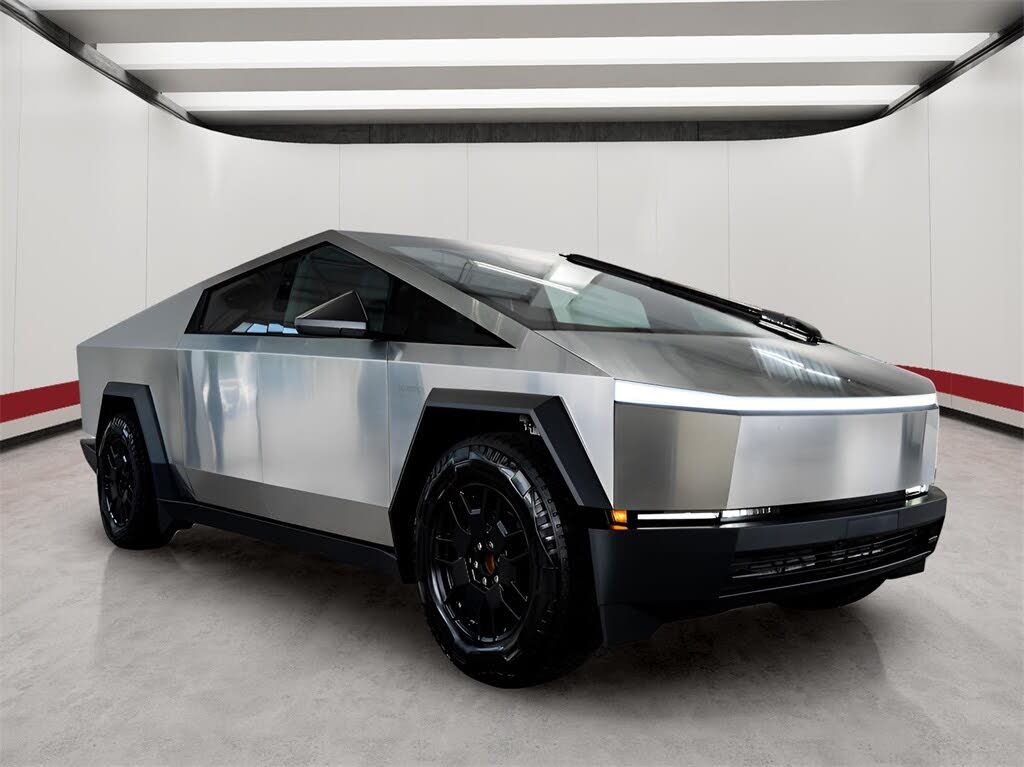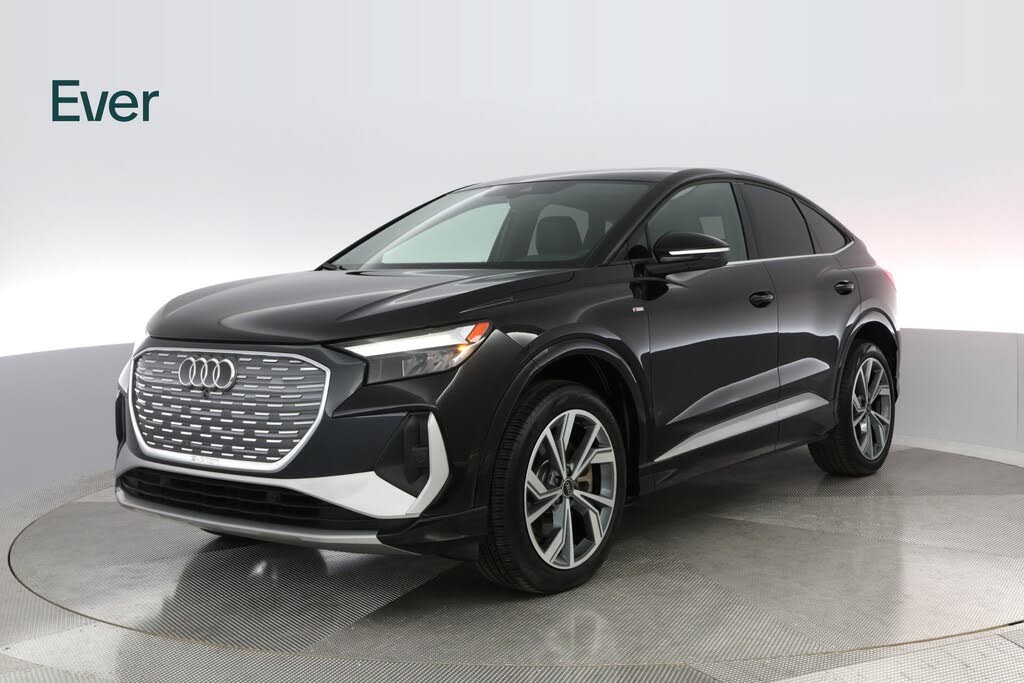Car Buying Trends and Predictions for 2025
Economic Concerns Influencing Consumer Decisions
The global economy in 2025 continues to grapple with challenges such as inflation and market volatility. These economic factors significantly impact consumer confidence, leading many potential car buyers to reconsider or postpone major purchases, including vehicles. The lingering effects of economic uncertainty are expected to influence buying behaviors throughout the year.
Stability in New Car Prices Amidst Emerging Incentives
Manufacturers are maintaining steady Manufacturer's Suggested Retail Prices (MSRPs) for new vehicles in 2025. However, to stimulate demand, especially for electric vehicles (EVs), there is a noticeable increase in incentives and discounts. This trend offers potential buyers more opportunities to find favorable deals, particularly as the market becomes more competitive.
Rebound in New Vehicle Inventory Versus Used Market Challenges
New vehicle inventories are on an upward trajectory, providing consumers with a broader selection of models and trims. In contrast, the used vehicle market faces constraints due to limited supply from previous years' reduced new car sales. This disparity may lead to sustained higher prices in the used car segment, influencing buyers to consider new vehicles or alternative options.
--TOP ADVERTISEMENT HERE--
Extended Availability of New Vehicles on Dealer Lots
With the replenishment of new vehicle inventories, cars are remaining on dealership lots longer than in previous years. This shift allows consumers more time to research, test drive, and make informed purchasing decisions without the pressure of immediate scarcity. The extended availability enhances the overall car-buying experience, providing buyers with greater flexibility.
Resurgence of Discretionary Buyers in the Market
As market conditions stabilize, there is a resurgence of discretionary buyers—individuals purchasing vehicles out of desire rather than necessity. This group is particularly drawn to new models and advanced technologies, contributing to a diversified demand landscape. Their return signifies renewed consumer confidence and a positive outlook for the automotive industry.
Increased Consideration and Adoption of Electric Vehicles
The electric vehicle (EV) market is experiencing significant growth, with more consumers considering EVs for their next purchase. Advances in technology, expanded charging infrastructure, and environmental awareness are key drivers of this trend. Manufacturers are responding by introducing a wider range of EV models, catering to various preferences and price points.
--FIRST CONTENT ADVERTISEMENT HERE--
Expansion of Online Car Buying Processes
The digital transformation of the car-buying process has accelerated, with more consumers completing significant portions of their purchases online. From virtual showrooms to digital financing options, the convenience and efficiency of online platforms are reshaping traditional dealership interactions. This evolution caters to tech-savvy buyers seeking streamlined experiences.
Impact of Tariffs and Trade Policies on Vehicle Pricing
In 2025, the automotive industry faces uncertainties due to potential changes in tariffs and trade policies. Proposed tariffs on imports from key manufacturing countries could lead to increased production costs, subsequently raising vehicle prices. Consumers and industry stakeholders are closely monitoring policy developments, as these changes could influence purchasing decisions and market dynamics.
--SECOND CONTENT ADVERTISEMENT HERE--
Global Production Forecasts and Market Outlook
Global light vehicle production is projected to reach 91.6 million units in 2025, marking a 3.4% increase from the previous year. This growth is driven by recovering supply chains and increased consumer demand. However, regional variations exist, with some markets experiencing faster rebounds than others, influenced by local economic conditions and consumer preferences.
--FOURTH CAR LIST HERE--
Technological Advancements and New Model Launches
The year 2025 is set to witness the introduction of several highly anticipated vehicle models, incorporating cutting-edge technologies and catering to diverse consumer needs. From electric SUVs designed for off-road adventures to hybrid sedans offering enhanced fuel efficiency, manufacturers are focusing on innovation to attract a broad spectrum of buyers.
Shifts in Consumer Preferences and Market Trends
Consumer preferences in 2025 show a growing interest in compact and fuel-efficient vehicles, influenced by urbanization and environmental considerations. Additionally, there is an increasing demand for vehicles equipped with advanced safety features and autonomous driving capabilities. These trends reflect a shift towards practicality, sustainability, and technological integration in vehicle choices.
--THIRD CONTENT ADVERTISEMENT HERE--
Challenges in the Used Car Market
The used car market faces challenges due to limited inventory and elevated prices. Factors such as reduced lease returns and a shortage of late-model used cars contribute to this situation. Buyers may need to adjust expectations, consider older models, or explore certified pre-owned options to find suitable vehicles within their budgets.
Conclusion: Navigating the 2025 Car Buying Landscape
The automotive market in 2025 presents a dynamic environment shaped by economic factors, technological advancements, and evolving consumer preferences. Prospective buyers are encouraged to stay informed, leverage available incentives, and consider both traditional and alternative purchasing avenues. By understanding these trends, consumers can make strategic decisions that align with their needs and the shifting market landscape.
--FIFTH CAR LIST HERE--








